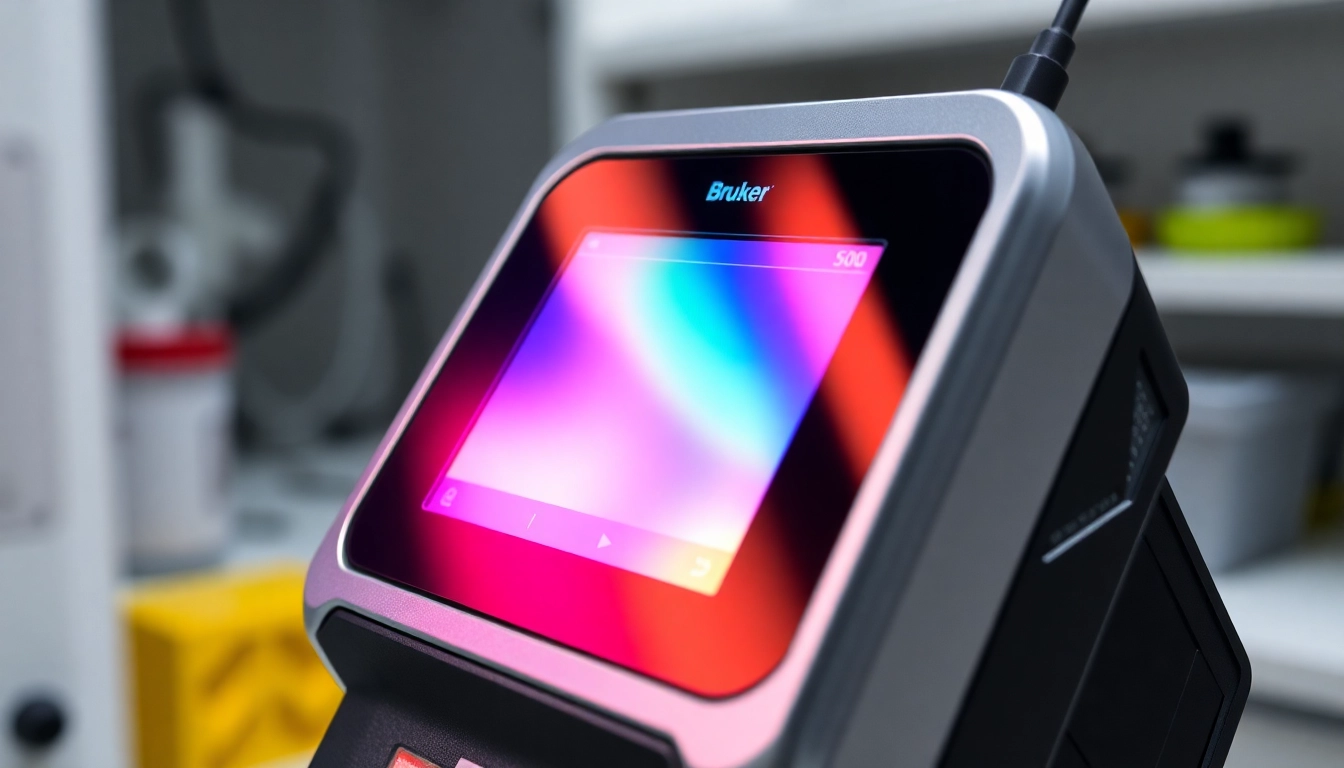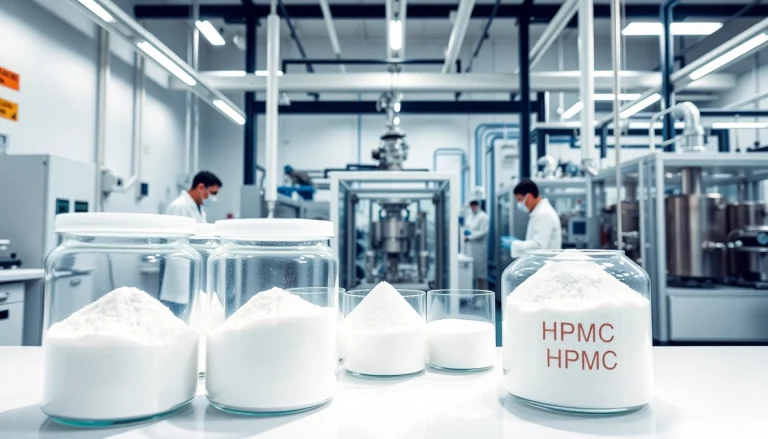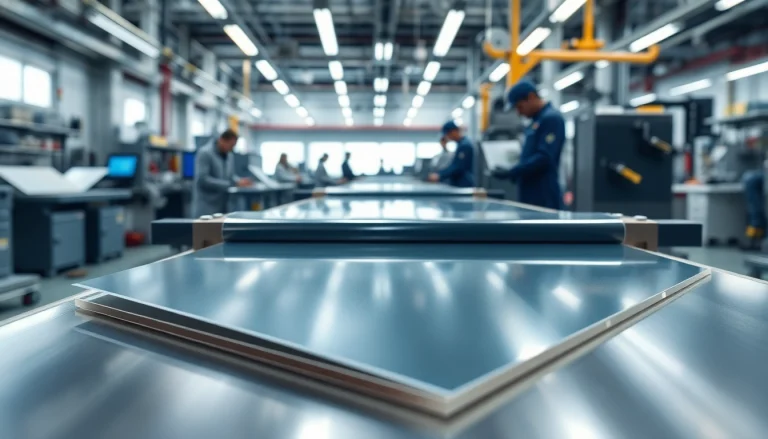
Introduction to the Bruker EOS 500 Handheld LIBS Analyzer
The Bruker EOS 500 Handheld LIBS Analyzer represents a significant advancement in elemental analysis technology. Utilizing Laser-Induced Breakdown Spectroscopy (LIBS), this portable device provides quick and accurate analysis of materials in a variety of fields—from mining and metallurgy to environmental science and material research. With the ability to identify elemental compositions in real-time, the EOS 500 is transforming how professionals approach analytical tasks, thereby enhancing efficiency and accuracy.
What is LIBS Technology?
Laser-Induced Breakdown Spectroscopy (LIBS) is a powerful analytical technique that involves focusing a high-energy laser pulse onto a sample surface. This process creates a microplasma that vaporizes a small amount of material, producing an emission spectrum characteristic of the elements present in the sample. The unique advantage of LIBS lies in its ability to analyze solids, liquids, and gases with minimal sample preparation. The resulting emission spectra are then analyzed using advanced algorithms, providing real-time results that can be interpreted with high precision.
Key Features of the Bruker EOS 500
The Bruker EOS 500 is engineered with several key features that set it apart in the LIBS market:
- Portability: Designed for field use, its lightweight and robust construction allows for easy handling in various environments.
- Advanced Optics: Enhanced optical systems result in superior spectral resolution, enabling the detection of trace elements and contaminants.
- User-Friendly Interface: An intuitive touchscreen display simplifies operational procedures, making it accessible for users of all experience levels.
- Real-time Analysis: The analyzer delivers immediate results, facilitating prompt decision-making without the delays associated with traditional laboratory analysis.
- Comprehensive Libraries: Factory-installed libraries enhance identification accuracy by comparing spectra against known standards.
Benefits Over Traditional Analysis Methods
Using the Bruker EOS 500 LIBS analyzer offers significant advantages over traditional methods such as X-ray fluorescence (XRF) or inductively coupled plasma (ICP) spectroscopy:
- Speed: LIBS can analyze samples in seconds, as opposed to traditional methods that might take hours or days to process.
- Minimal Sample Preparation: Traditional analysis often requires extensive sample preparation, while LIBS often can analyze samples with little to no preparation.
- Site-Specific Analysis: The handheld nature allows for on-site analysis, reducing costs and time associated with transporting samples to a laboratory.
- Versatility: The ability to analyze a wide range of materials, including metals, ceramics, and even some polymers, makes it applicable across multiple domains.
Operational Mechanics of the Bruker EOS 500
How to Use the Handheld Device
Using the Bruker EOS 500 is straightforward and efficient. Follow these steps for optimal operation:
- Preparation: Ensure that the device is charged or connected to a power source. Turn on the unit and allow it to initialize.
- Calibration: Before conducting any analysis, calibrate the device according to the manufacturer’s standards. This may involve aligning the laser and ensuring the optical system is clean.
- Analysis: Aim the device at the sample surface from a predetermined distance (usually specified in the user manual). Activate the laser pulse—this will create the plasma necessary for analysis.
- Interpreting Results: After the laser pulse, the device will display the emission spectrum, allowing users to interpret the elemental composition based on the resulting data.
- Data Logging: Store and document results for future reference, further analysis, or reporting, which can typically be accomplished through the built-in data management features.
Understanding Calibration and Setup
Calibration of the Bruker EOS 500 is critical to ensuring accuracy. Here’s how to effectively approach the calibration and setup process:
- Initial Calibration: Upon first use, a comprehensive calibration using standard reference materials is necessary. This ensures that the readings from the EOS 500 are reliable and accurate.
- Regular Calibration Checks: In practice, regular checks against known standards should be conducted to maintain calibration. Environmental conditions or variations in sample types may require recalibration.
- Advanced Settings: Users can adjust settings such as laser energy and pulse duration based on the material being analyzed, optimizing the results based on the sample’s characteristics.
Interpreting the Results
The analysis results from the Bruker EOS 500 are displayed as spectra, each line corresponding to different wavelengths of light emitted by the elements in the sample. Understanding how to interpret these results involves:
- Familiarization with Spectra: Learning to read emission spectra is crucial. Each element has a unique spectral signature, enabling identification.
- Software Analysis: Utilize the included software for in-depth analysis, which often employs machine learning algorithms to enhance identification accuracy and minimize false positives.
- Comparative Analysis: Use the built-in libraries to compare results with known standards, allowing for confident identification of unknown materials.
Applications in Various Industries
Mining and Metallurgy
In the mining and metallurgy sectors, the Bruker EOS 500 is invaluable. Its ability to provide rapid on-site analysis accelerates decision-making in material extraction and processing. By identifying elemental compositions, operators can make informed decisions about ore quality, material recovery processes, and environmental compliance.
Environmental Monitoring
The EOS 500 plays a pivotal role in environmental monitoring efforts. Its portability allows for immediate analysis of soil, water, and air samples, helping to identify contaminants. By rapidly assessing pollutant levels, it aids regulatory compliance and environmental remediation efforts.
Material Science Research
Researchers in material science utilize the Bruker EOS 500 for its precision and speed. By analyzing material compositions at various stages of development, scientists can optimize material properties for specific applications. This contributes to the advancement of innovative materials, particularly in fields like nanotechnology and biomaterials.
Case Studies and Success Stories
Real-World Applications of the Bruker EOS 500
Numerous organizations have adopted the Bruker EOS 500, leading to success stories across various sectors:
- Mines in Australia: Implementing EOS 500 units improved mineral identification accuracy, leading to a 15% increase in ore recovery rates.
- Environmental Agencies: A governmental body used the EOS 500 for rapid on-site assessments of pollution levels, facilitating timely interventions and compliance with environmental laws.
Comparative Analysis Against Competitors
When compared to other handheld analytical devices, the Bruker EOS 500 stands out due to its superior analytical capabilities:
- Speed: Many competitors take longer to deliver results, whereas the EOS 500 provides instantaneous feedback.
- Detection Limits: The EOS 500 often achieves lower detection limits, allowing for the identification of trace elements crucial in field applications.
Customer Testimonials
Feedback from EOS 500 users conveys the substantial impact this device has on their operations:
“The Bruker EOS 500 has revolutionized the way we analyze materials in the field. We can make decisions instantly based on accurate data.” — A Mining Operations Manager
Future Trends in Handheld LIBS Technology
Innovations in Portable Analyzers
The handheld LIBS technology landscape is rapidly evolving, with research focused on enhancing portability, reducing costs, and improving analytical features. Innovations such as miniaturized components, more efficient battery technologies, and advanced algorithms for data analysis are expected to drive the next generation of handheld analyzers. These advancements aim to provide even greater versatility and adaptability to changing field conditions.
The Role of LIBS in Sustainable Practices
Sustainable practices are becoming imperative across industries, and LIBS technology can significantly contribute to these efforts. By offering rapid, non-destructive testing, the Bruker EOS 500 supports recycling initiatives, material recovery, and responsible resource management. The proficiency of LIBS in detecting contaminants also aids in ensuring compliance with environmental regulations, thereby promoting cleaner industrial practices.
Market Predictions and Advancements
The future market for handheld LIBS technology is expected to grow, driven by increasing demand for real-time analysis in various sectors. Analysts predict a larger adoption of handheld devices as industries demand quicker decision-making tools and efficient compliance solutions. Furthermore, future advancements may enable applications previously unattainable with existing technologies, solidifying LIBS’s reputation as a leading analytical technique.






